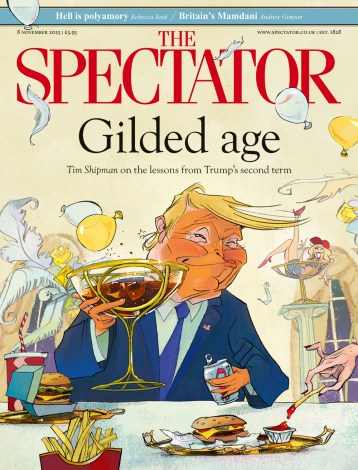It may not be widely played, but this is a great sport for everyone, says Freddy Gray
Fives is not a popular sport. In fact, if the internet is to be believed, no more than 4,000 people play it in Britain, with a scattering of die-hard enthusiasts abroad.
But then very few people have ever had the opportunity to play. Fives, which is similar to squash — save that it is played with a hard ball, which is hit with gloved hands instead of a racquet — is played almost entirely in British public schools. Some state schools do have courts, but not many. If it is thought of at all, the game is regarded as a privileged eccentricity,
a distraction for boys more inclined to use their hands for hitting balls than anything approaching hard labour.
It would be quite wrong, however, to dismiss the game as an elitist anachronism for no-hopers. Fast and furious, fives is a sport worthy of the best games players, and it makes for challenging entertainment for lesser humans. As William Hazlitt put it, the ‘game of fives is what no one despises who has ever played at it. It is the finest exercise for the body, and the best relaxation for the mind.’
But even in the few schools where fives is played, it still only appeals to a minority. My school, Bradfield, had a strong fives tradition, yet most pupils preferred basketball or hockey. (There could be no better proof of the lack of competition for a place in the fives team than the fact that I was made captain, even though I had hardly won a match.)
Fives is further obscured by the fact it has no single standard form. The most common variety is Rugby Fives, played in a simple four-walled court. This restricts the opportunities to hit winners, and leads to long, often exhausting rallies. At Bradfield, we played Winchester Fives, which is similar to Rugby Fives, save that the left-hand wall has a buttress in it. Then there is Eton Fives, which is played on a court with various ‘hazards’ and no back wall — but then that is just for people who think they are special.
I am biased, of course, but I think that Winchester Fives is the best. The buttress makes all the difference. If a player hits it, he can hope to win the point: the ball bounces sharply off the angled indentation in the wall, and pings off in the opposite direction. It is possible to return a ball coming off the buttress, especially in doubles, when a player can be placed near the bar at the front of the court. Success, however, requires anticipation, speed and agility.
There are other games which offer moments of supreme pleasure — the perfectly struck low iron in golf, the well-timed cover drive in cricket — but for me there has never been anything to beat the satisfaction of winning a point after my opponent has hit the buttress. It was a thrill rendered all the more intoxicating by the fact it happened so rarely; and in fact I sustained several injuries hurling myself across the court to reach the ball. Fives is not, it should be said, a pastime for aspiring concert pianists. I damaged my fingers several times, and found that my left fist — in my case the stronger — had swollen considerably by the end of the season.
To excel at fives you need to be athletic, ambidextrous, and possessed of a very good eye. To watch a truly talented fives player at work is a real delight, except of course if you happen to be his opponent. I remember once coming up against William Jefferson, who would go on to become a professional cricketer and open the batting for Essex and Nottinghamshire. With the wrist action of a great thrower, he hit the ball so hard that I could hardly see it. As a result, I spent most the match lost in the middle of the court, waving my hands around helplessly as the little white blur flashed about me. The humiliation was only slightly relieved by the fact that everyone else found him equally impossible to play against.
Yet my lasting memory of school fives is what fun it was, especially when playing opponents of equal disability. Everybody should try it at least once. Moreover, hearty types who disdain any sport that is not physically taxing can be assured that fitness is a necessary pre-condition for fives. For the really keen, there is even the possibility of hitting a pain barrier. I remember that, after my last game at school, Neil Marshall, the master in charge, told me that I would never again be in such good shape. Sadly, I think he was right.






Comments